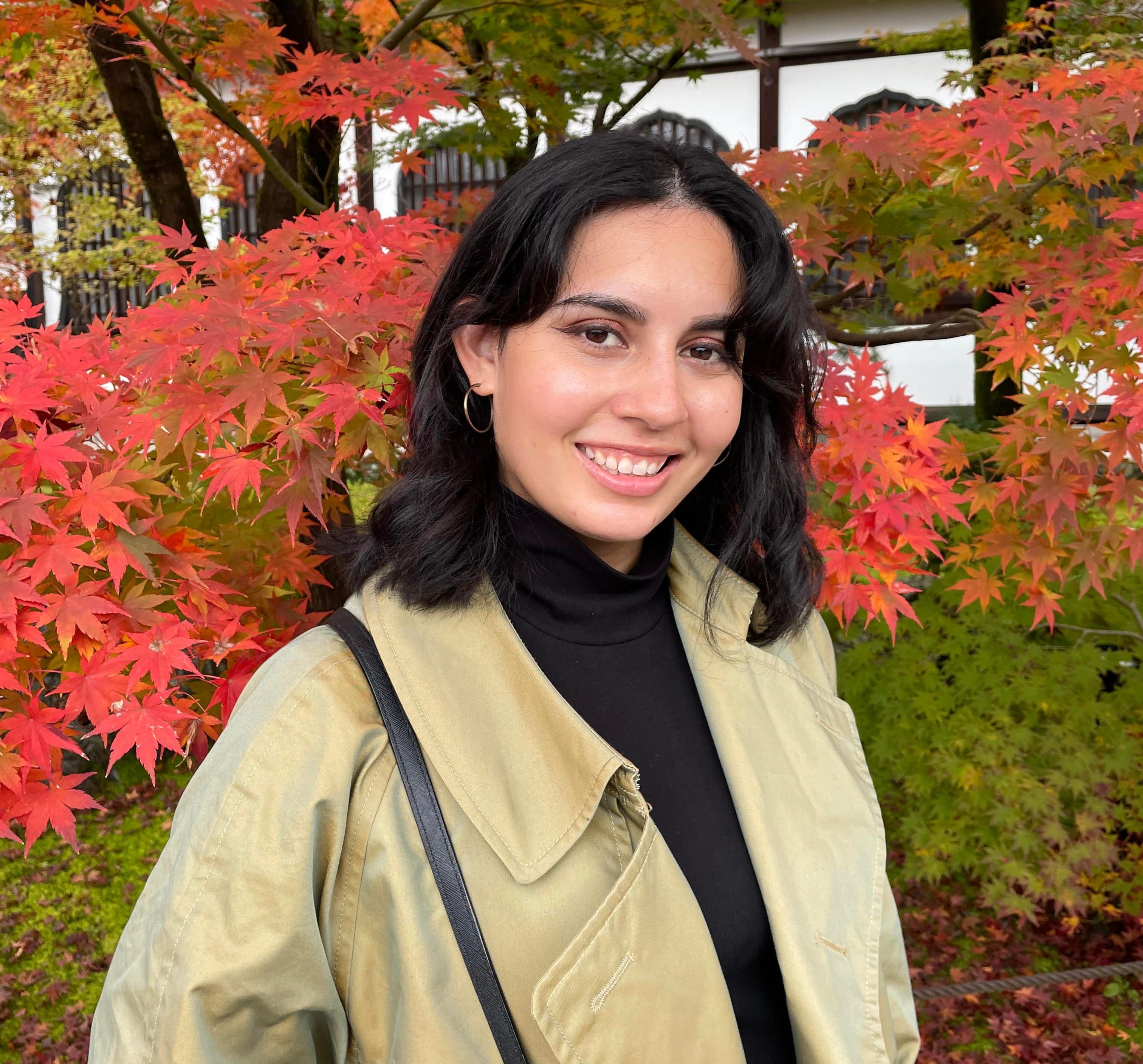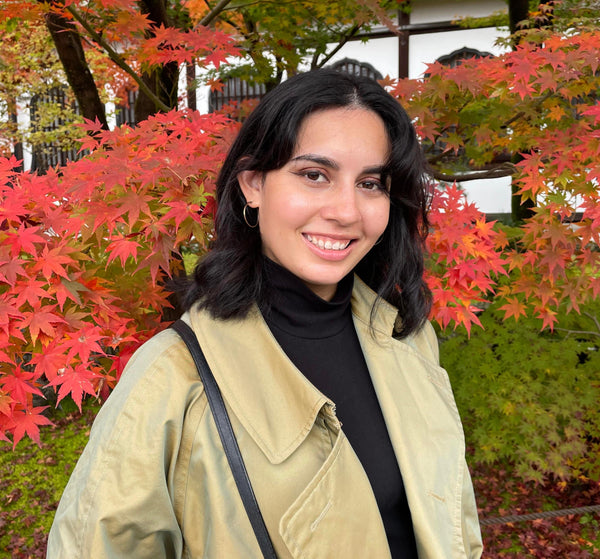
Jump to:
If you’re familiar with Asian skincare, you might already know that Japanese and Korean skincare brands dominate the Asian skincare market. Japanese and Korean skincare have been becoming more popular in recent years and for good reasons. The biggest reason being that Japanese skincare and Korean skincare tend to be cheaper than their Western counterparts while still being effective.
But which one is better? Should you choose J-Beauty or K-Beauty? Is it really worth hopping on the Asian beauty train? In this article, we’ll break down both Japanese and Korean skincare routines, discuss common ingredients used in both, and the goals of both so that you can pick the style of skincare that best suits you.
What Is J Beauty?

"J-Beauty," short for Japanese Beauty, refers to the beauty practices, products, and skincare routines originating from Japan. J-Beauty is characterized by a focus on simplicity, effectiveness, and high-quality ingredients. Unlike Korean skincare routines, which often have many steps, J-Beauty emphasizes a more minimal approach with fewer steps, focusing on essential products that deliver effective results.
Common Ingredients In Japanese Skin Care
Japanese skincare tends to have a bigger focus on “clinical ingredients” as they deliver results. There are also a few natural ingredients commonly included in Japanese skincare products as well. A lot of Japanese skincare ingredients aim to add ample hydration to the skin as well as brighten the complexion.
- Rice Bran – rice bran and its association with beauty has been well known for a long time. As it contains ceramide, a lipid known for its hydration properties, it’s an especially important ingredient for those with dry or dehydrated skin. In addition, the ceramides found in rice bran are highly compatible with those found in human skin.
- Hyaluronic Acid – commonly added into Japanese skincare products as it adds thorough hydration as well as gives the skin a “plumping effect”.
- Tranexamic Acid – this is more of a “clinical ingredient” known for its ability to fade dark spots, discoloration, and melasma. Some studies also suggest that Tranexamic Acid may be beneficial for improving acne and treating the skin barrier. This ingredient was also invented in Japan.
- Arbutin – another skincare ingredient that aims to lighten dark spots and brighten the skin. It helps to improve the appearance of scars.
- Vitamin C – known for its ability to target every skin concern including uneven tone, rough texture, fine lines, blemishes, scars, and dullness, there’s no reason not to include this ingredient in Japanese skincare products.
- Other notable ingredients starting to pop up in Japanese skincare more are cica and niacinamide, which are ingredients commonly found in Korean skincare (which we’ll talk about in a later section!).
Japanese Skin Care Routine

The Japanese skin care routine tends to be on the shorter side and focuses on four steps - double cleanse, lotion (or toner), sheet mask (or essence/serum), and emulsion or cream. Beyond these steps, sunscreen is also applied in the morning. Let’s look at each step in more detail below.
- Double cleanse: This step involves using an oil cleanser (or cleansing balm, depending on the preference and skin type of the person) to remove makeup and impurities from the skin. This is then followed with a facial cleanser, usually a foaming one, to remove any excess or leftover impurities.
- Lotion (or Toner): Lotions (often referred to as toners in the West) are used to add moisture to the skin after double-cleansing. This also helps the skin to better absorb ingredients in the next couple of steps.
- Sheet Masks, Essence, or Serum: Sheet masks are also extremely popular in Japan with many people using them daily after applying lotion. Some people opt for essences or serums instead of sheet masks since they absorb into the skin faster.
- Emulsion and/or Cream: After applying lotion, the next step is to add another layer of moisture to seal in all of the skincare products used in the form of emulsion or cream. This step helps to repair your skin’s natural protective barrier, leaving your skin feeling soft and smooth.
- Sunscreen (AM only): Sunscreen is the most important part of the Japanese skincare routine. This is to protect the skin from the sun and UV rays (obviously) but also to prevent the skin from tanning. It’s important to add sunscreen at the END of the routine so that it can be most effective as well as to protect all of the products previously layered.
What Is The Goal Of A J Beauty Skincare Routine?
Japanese skincare has long focused on achieving “mochi-hada,” which translates to "mochi skin." This term is inspired by mochi, a traditional glutinous rice cake, and describes skin that is as soft, clear, and plump as a baby’s.
Historically, Japanese beauty practices also emphasized achieving pale, white skin. As far back as the 700s, women used white powder and lead oxide facial packs to attain this look. This is still something that we often see with Japanese skincare products, where many products are labeled as “whitening”, but this actually means “brightening”. Using Japanese skincare products will not make your skin whiter, but many products aim to fade dark spots and brighten the skin’s overall complexion.
The core value of a J-Beauty skincare routine is to nourish the skin with gentle and nutritious products to achieve “mochi skin.” Mochi skin is almost like baby skin—very soft, hydrated, and free of fine lines.
What Is K Beauty?

K-Beauty, short for Korean Beauty, refers to the skincare and cosmetic products and routines originating from South Korea. K-Beauty has gained more global recognition and popularity compared to J-Beauty, partly due to the rise of K-pop in the West. Other reasons that contribute to its massive popularity include its reasonable price point and the use of more gentle formulations, compared to its Western counterparts.
Common Ingredients In Korean Skincare
Compared to Japanese Skincare, Korean Skincare tends to feature more natural and fermented ingredients. Many products also tend to feature Niacinamide.
- Centella Asiatica – also known as “cica” is a soothing and healing ingredient that’s great for sensitive and irritated skin. Those with oily skin can also benefit from including cica products in their routine.
- Rice Water – Rice water is also another key ingredient found in many Korean skincare products. Rice water is rich in antioxidants, vitamins A, C, and E, and minerals all of which are skin-friendly, help with fading dark spots, and aid in brightening the skin.
- Snail Mucin – this one might sound a bit odd, but yes that’s right, many K-beauty skincare products contain snail mucin. Snail mucin provides the skin with ample hydration, boosts collagen production, and helps the skin with healing and regeneration.
- Niacinamide – a form of vitamin B3, is thought of as a holy skincare ingredient. Niacinamide is said to help with reducing pore size, improving skin barrier function, brightening, and controlling oil production in the skin. However, many people are sensitive to niacinamide, so it might not be suitable for everyone.
- Plant Extracts – these are favored over harsher ingredients in Korean skincare products because they provide soothing, refreshing properties to the skin and they also smell good.
Korean Skincare Routine

The Korean skincare routine tends to have quite a few steps, compared to the Japanese routine. Let’s break them down.
- Oil Cleanser: The first step is always an oil cleanser (or cleansing balm) to break down and remove makeup and sunscreen. Oil cleansers are also said to keep the skin healthy and balanced.
- Water-Based Cleanser: Following the oil cleanser is a water-based cleanser. This step removes any excess impurities on the skin that the oil cleanser did not catch.
- Exfoliator: After the skin has been thoroughly cleansed, the next step is exfoliation. Exfoliating helps to cleanse the pores and remove dead skin cells. It is recommended to exfoliate two to three times a week unless you are using a gentle exfoliator suitable for everyday use.
- Toner: The toning step allows the skin to soak up all of the nourishing ingredients from the next steps. Toners also add a layer of hydration to the skin.
- Essence: Essence is a step mostly unique to Korean skincare. It’s another water-based treatment that adds moisture to the skin. Some essences target specific concerns like anti-aging and dull skin.
- Serum: Serums are potent treatments designed to address skin issues like acne, hyperpigmentation, and more. They usually have a more viscous texture because they contain higher concentrations of active ingredients. Some people also opt for ampoules, which are more concentrated than serums and should only be used once or twice a week.
- Face Mask: Face masks, in the form of sheet masks or wash-off masks, are used a couple of times in the Korean 10-step routine. Face masks give your skin a boost of nourishment and provide a relaxing step.
- Eye Cream: Eye cream or eye patches are applied after the face mask step to address the delicate eye area. Eye creams target concerns like wrinkles, fine lines, dark circles, and puffiness.
- Moisturizer: Moisturizers are used to seal in all the goodness from the previous steps. They come in the form of milky lotions, creams, gels, and even oils. Many people opt to use light moisturizers in the morning and heavier moisturizers at night.
- Sunscreen (AM only): This is, of course, the most important step of the Korean skincare routine. Make sure to keep your skin protected!
What Is The Goal Of A K Beauty Skincare Routine?
Unlike J-beauty, which aims for a “mochi-hada” effect, K-beauty is more centered around achieving “glass skin.” “Glass skin” describes skin that is exceptionally smooth, clear, and luminous, characterized by a dewy, almost translucent quality that reflects light like glass.
Hydration is another important goal of K-Beauty. Many products are formulated to deliver intense moisture to the skin, keeping it plump and supple. Hydrated skin not only looks healthier and more radiant but also more youthful.
K-Beauty is known for its rapid innovation and responsiveness to skincare trends. This means new ingredients, formulations, and products are constantly being introduced to meet the latest consumer demands. This trend-driven approach is probably the biggest difference between J-beauty and K-beauty. J-beauty products are not necessarily centered around trends. Many J-beauty products have been on the market for years if not decades, and while reformulations are common, they still aim to serve the same purposes as when they were first launched, but with improvements.
Which Asian Skin Care Routine Is Better For Me?

So, which Asian skincare routine will be better for you? Now, there is not a one-size-fits-all answer to this question. The answer is going to depend on your skin type as well as what you value in a skincare routine. Do you have dry or sensitive skin? Are you looking for a minimal skincare routine that focuses more on hydration? Then a Japanese skincare routine may be better for you. Or do you prefer a routine that’s catered more towards oil control or exfoliants? If that’s the case, a Korean skincare routine may be better for you. Whatever the answer may be, you can find tons of Japanese skincare products to aid in your J beauty (and K beauty too!) routine at Japanese Taste.
Want to learn about the differences between Asian Skincare and American Skincare? Be sure to check out this article next.
Are you team J-beauty or K-beauty? Let us know in the comments.


0 comments